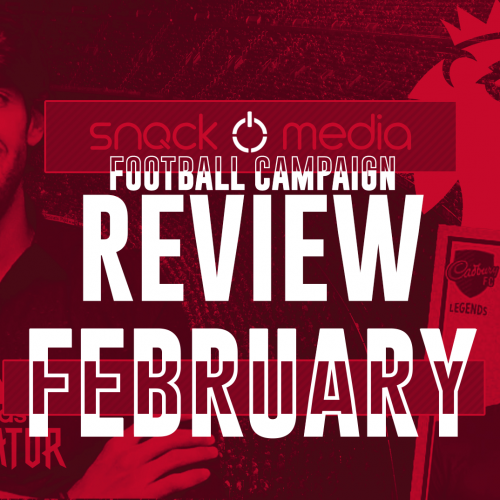The January 2020 transfer window: Did the Financial Fair Play rules have an impact?
By Andy Turner, Partner at Mercer & Hole
Whilst VAR is providing football with some on pitch challenges, another three-letter acronym, FFP, is providing some off-pitch challenges. The January transfer window has now closed with gross expenditure of Premier League clubs in the region of £230 million, passing last year’s total spend of approximately £180 million, but still considerably lower than the 2017 high which peaked at a reported £430 million.
There has been speculation that the activity in this, most recent, transfer window is down to the impact of FFP rules with clubs looking closely at budgets and finance and the need to balance the desire for success with compliance with the rules. As a result, we have seen an increase in the number of loan signings with an option to buy and clubs investing in younger talent for the future.
Why do the FFP rules exist and what are they?
The profit and sustainability rules (often referred to as FFP rules) exist to ensure fair play and competition between all clubs and to ensure that clubs operate within their own resources so they can be run on a sustainable basis. The main rule relates to clubs not exceeding a £105 million loss over a three-year period.
Interpretation of the rules
Recent reports have emerged regarding Manchester City and the issues the club encountered with the rules back in 2014. Here, questions were raised around transactions with the owners and various accounting methods. UEFA recalculated the club’s losses, and this led to an increase in losses by £60m. Has football taken away any learning points from this, or are there still issues around the interpretation and definition of the rules?
Reporting financial results
The main fair play regulation is centred around the club not exceeding a certain level of loss. A club can influence its profit by either increasing its revenues or reducing its costs. There is a degree of flexibility as to how a company can quite legitimately draw up financial statements that comply with the regulations. This includes management decisions around player acquisitions, amortisation (lowering the book value over a set period) of players and specific judgement areas, such as the magnitude of certain provisions or reserves that could significantly affect the financial results of a club.
Cost control
In terms of cost control, there may be provisions not accounted for as the management decision is that they are remote. Such a decision is often very judgmental and difficult for the accountants and regulators to determine whether it is appropriate or otherwise.
A further factor is the way that player acquisition costs are accounted for – the acquisition cost of a player is written off to the income statement over the length of the player’s contract and this is the normal accounting rule. The acquisition cost per year for a player costing £100m with a five-year contract is the same as one costing £60m with a three-year contract. Therefore, in the short term, the longer the length of the player’s contract, the lower the yearly acquisition amortisation cost.
Increasing revenue
In terms of revenue, the area that needs consideration is related party transactions. The owner may decide they want to input additional funds into the business and may do this via way of sponsorship transactions as this increases the club’s revenues and hence increases profit.
Within the Premier League, there are many examples of naming rights or sponsorship transactions which are to a related party or owner. Whilst it may be commercially appropriate to have such an arrangement, questions arise over whether an unrelated third party would have paid an equivalent amount and if such arrangements have been at an inflated rather than fair value.
There are also issues around the definition of what a related party is. For example, should it be their direct family, or should it extend wider and include indirect family and other companies that the owner may have a degree of influence over or a relationship with?
A common challenge is what comprises fair value and how this should be calculated. There have been recent examples of clubs selling property (their ground) to a related party, the owner or a company owned by the owner, and then leasing it back. The club then generates a profit – the selling price less the carrying value. A recent example of this is Derby County’s sale and leaseback of their ground to its owner. This was reportedly sold for £81m and the profit on this eliminated the club’s losses. Other championship clubs have also completed similar transactions.
What can we take away from this?
These issues are not new, and many will be around for the future years to come. It may help if the football authorities were to have a formal pre-approval process for various transactions. This would help to identify if the party was a related party, and whether the transaction was at fair value.
About author
You might also like
The seven essentials for achieving successful sports branding
By Daniela McVicker When it comes to sports, great branding is a must. Your brand influences how people see your company or team. It helps you to forge connections with
Live Chat: A New Social Experience in Sports
Article written by John S. Kim, CEO and co-founder of global API company SendBird Social media rose to prominence throughout the world due to its potential for connection. Social channels provided the
Snack Media’s Football Content Campaign’s Review: February
By Mike Constanti This series, in partnership with Snack Media, will look at the best football campaigns from advertising to social media on a monthly basis, as Digital Sport evaluates how








